10 Stunning Images Of NASA Concept Art That Imagine Our Universe
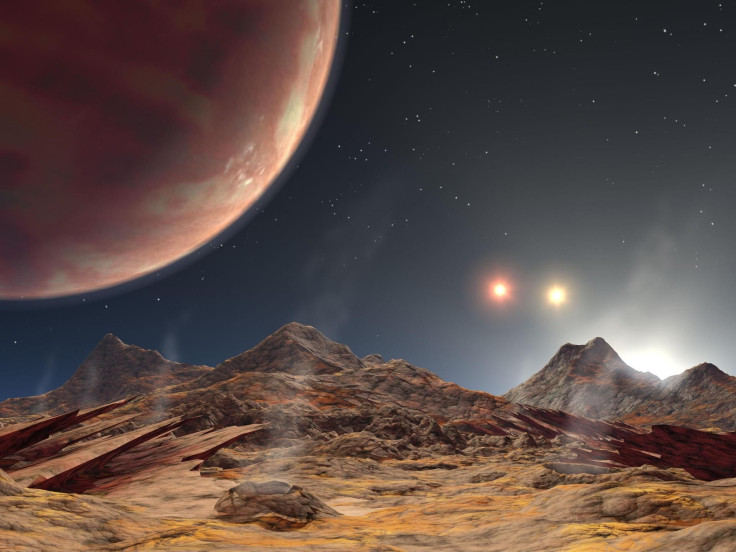
The universe is big and, while we may be able to explore it in depth in the future, we can’t yet see a lot of it up-close. Scientists make inferences about an exoplanet’s finer details from larger observations, using what they know about how space works, but we can never know for sure what that planet is like until we land on it and walk around. That’s where artists come in: They show us what is out there as best as they can, helping us to imagine our greater universe. Here are examples of the most eye-opening work they’ve done for NASA.
Where Ice Meets Water

The surface of the exoplanet Trappist-1f looks like a place where a supervillain would live. This photo actually depicts a place called the “terminator” — no relation to the cyborg from the Arnold Schwarzenegger films — where the daytime side of the planet meets the nighttime side. Trappist-1f, like all the other planets in that solar system, orbits its star in such a way that the same side is always facing light and heat, and the other side is in perpetual darkness. While there could be water on the warmer side, the dark side of the planet could be icy.
Read: TRAPPIST Planets Are Close Enough For Aliens to Travel Between
This planet is part of the Trappist-1 system, a star and seven rocky planets in the constellation Aquarius, about 40 light years from Earth, that scientists recently discovered. The planets are so close together that aliens on each planet would be able to see the skies of the others.
A New Civilization on Mars
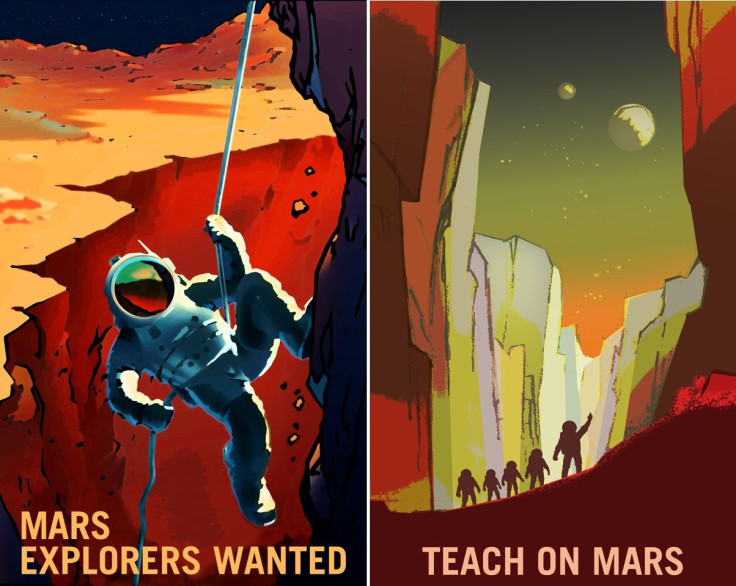
As humans search for alien life in the universe and seek to land on and explore other planets, Mars is a huge target. It is Earth’s closest neighbor, other than the moon, and scientists believe basic life forms could have once thrived on the planet, before its atmosphere thinned out and Mars dried up and cooled off.
These two posters, part of a series, are simple but they can get people fired up about the prospect of exploring and even building a space colony on another world, which astrophysicist Stephen Hawking says we have to do in the next 100 years if humans want to have a prayer of avoiding extinction. A full colony would need experts like engineers and doctors, sure, but also people to teach the colony’s children about Mars’ moons Phobos and Deimos and do other community tasks.
Read: Places on Earth That Are a Lot Like Mars
The center of the galaxy
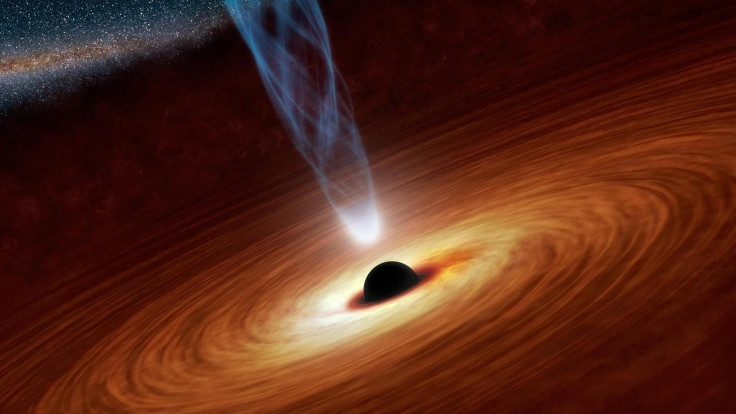
Supermassive black holes suck, but in a cool way. They have such an enormous mass packed into such a small space that their gravitational pull is too strong for even light to escape them. These dense objects are millions of times more massive than the sun and lie at the centers of galaxies, destroying anything that comes too close by ripping it into a stream of particles. But as it consumes life, it also gives it: Scientists have found evidence that new stars form within the galactic outflows, powerful winds of gas the supermassive black hole blows out.
A vision of the future
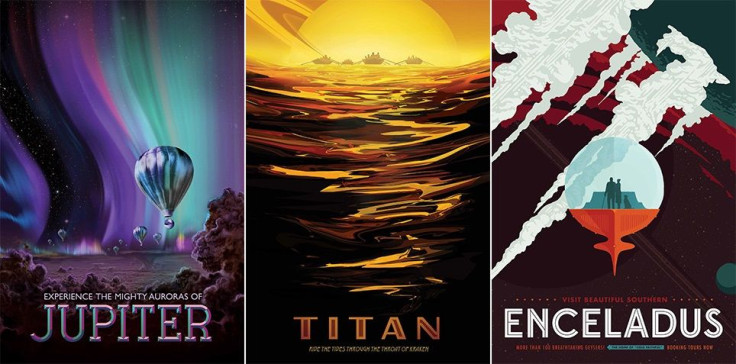
If we want to see amazing things in outer space, we don’t have to leave our solar system. These three posters from the Visions of the Future series depict the gas giant Jupiter and two moons of Saturn, Titan and Enceladus — and humans getting spectacular views of their natural beauty.
Read: Jupiter's Great Red Spot Is Shrinking
Enceladus is special particularly now because NASA’s Cassini spacecraft has detected hydrogen coming from that moon, which certain life forms could use as a source of energy. Added to the heat source beneath its icy surface and it could have the ingredients to support alien life.
The next frontier

What is life like in a doughnut-shaped space colony? This work from the 1970s, one of a series by various artists, imagines it like a suburban haven in the heavens, including patio decks, trees, skylights and tennis courts.
It’s possible a future human colony somewhere other than Earth would be built in space, but most of the talk today focuses on Mars and other planets. If that planet is far away, however, humans will have to make themselves comfortable on the spaceship trip over, and this doesn’t look like a bad way to travel.
A planet born from dust
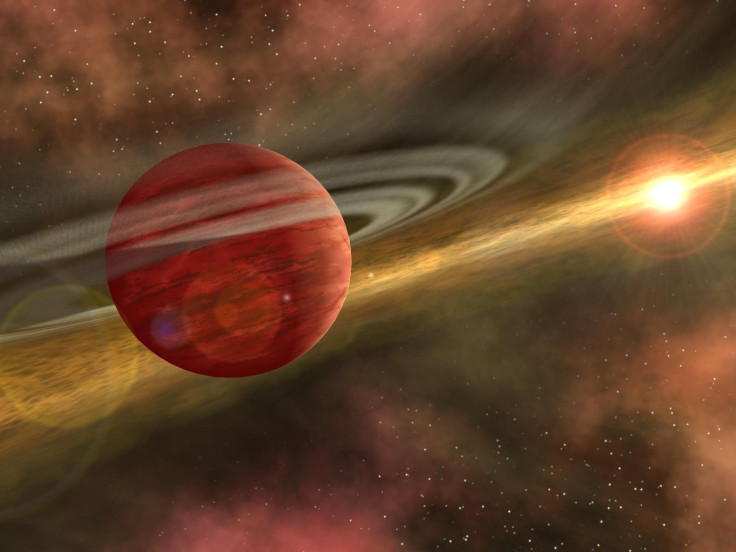
This artist imagined what an early solar system would look like as it grows, including a cloudy planet at least as large as Jupiter forming from the dust around its star, complete with a ring of dust and ice. “If we were to visit a planet like this, we would have a very different view of the universe,” NASA says. “The sky, instead of being the familiar dark expanse lit by distant stars, would be dominated by the thick disc of dust that fills this young planetary system.”
A land of three suns
Are three suns better than one? After astronomers for the first time found a planet within a triple-star system — in which three stars orbit the same point — an artist imagined what it would look like to live there. This view, NASA says, is from “a hypothetical moon in orbit” around that planet, a gas giant just a little bit more massive than Jupiter.
Multiple star systems occur throughout the universe, with the stars most popularly occurring in pairs called binary stars.
See also:
© Copyright IBTimes 2024. All rights reserved.











